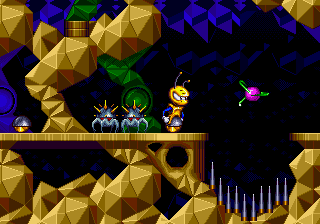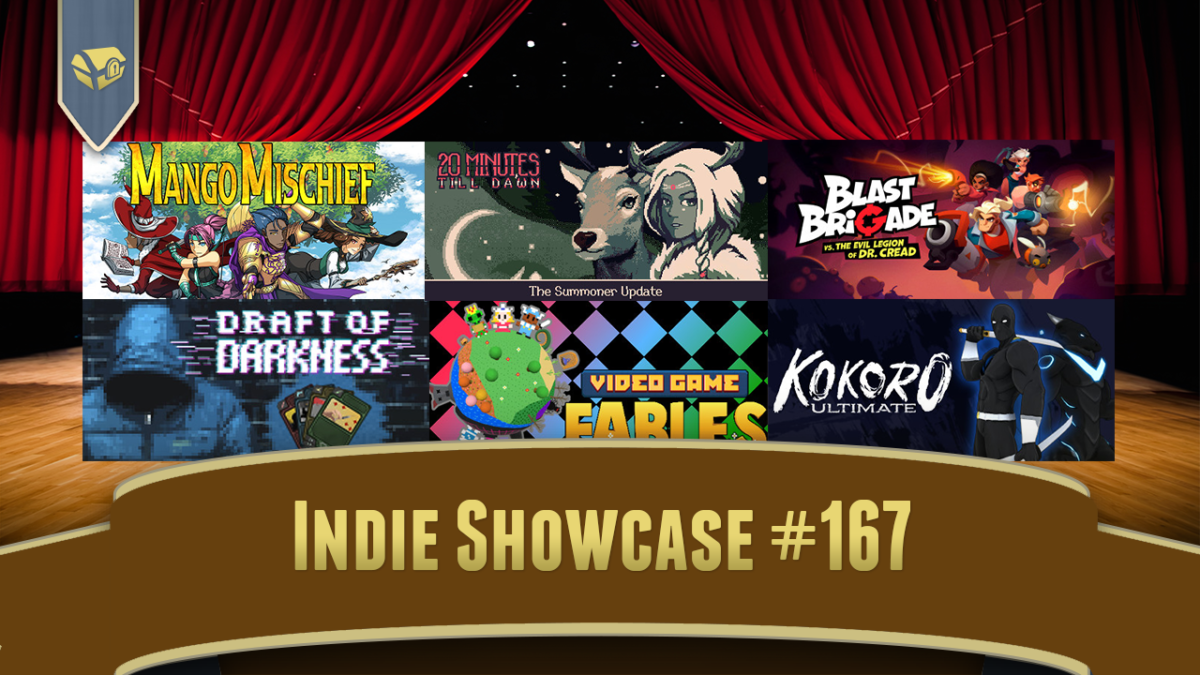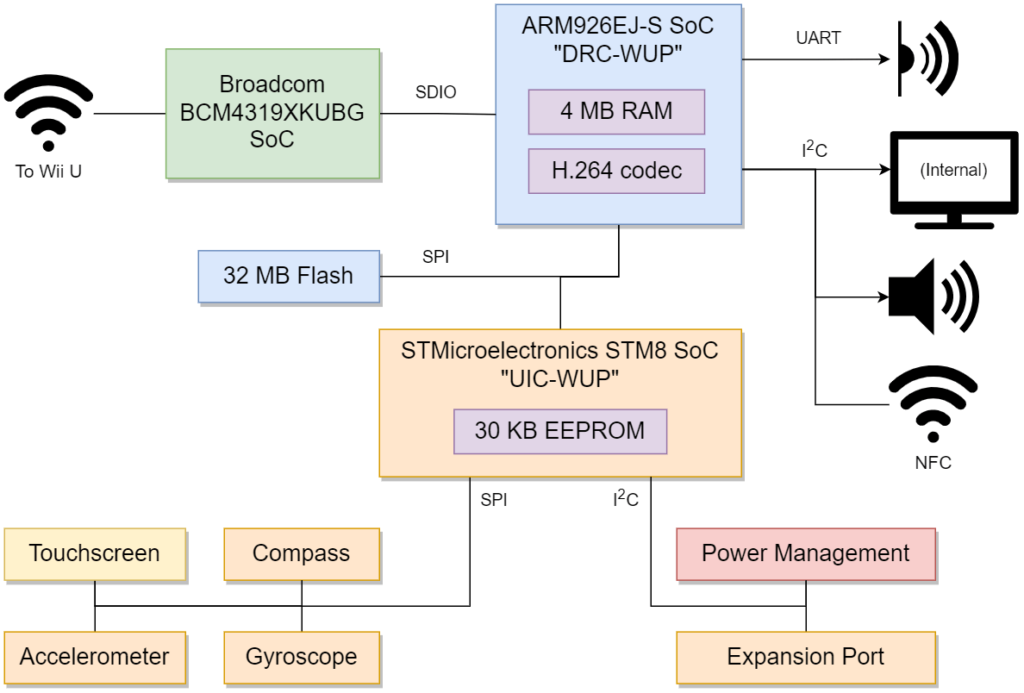
Sundry Sunday is our weekly feature of fun gaming culture finds and videos, from across the years and even decades.
In the year + one half we’ve been doing this, we’ve dug up a lot of varied things for Sundays. This one’s pretty short, but still, the fact they made it in stop motion is respectable. (At least I assume it’s stop motion. They could have made it in a computer I guess, but then, why make look like it was stop motion? Some kind of Lego Movie stylistic flex?)
Anyway, it’s another Pikmin 4 video. Pikmin 4 is not as sharply designed as Pikmins 1 or 3, it takes after 2 (it has caves, and even has one starring that game’s most infamous boss, the Waterwraith), but even the flabbiest Pikmin game is still a wonderful thing to behold.
This video covers is about an actual boss battle in Pikmin 4. Previous games had you fight monsters in the Long Legs family: the Beady Long Legs from Pikmin 1, the Raging Long Legs from 2, the Shaggy Long Legs from 3 and now… the Groovy Long Legs. This video is not confabulating much: it shines lights around, plays music, and your Pikmin actually do get down when you’re fighting it–which usually results in them getting turn into Pikmin Paste. Time to reload the floor….
The Groovy Long Legs Experience (Youtube, one minute)






